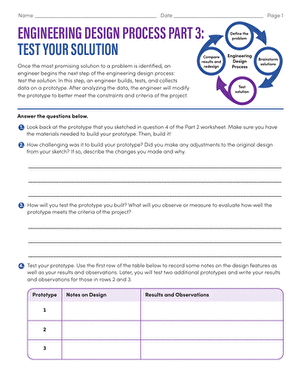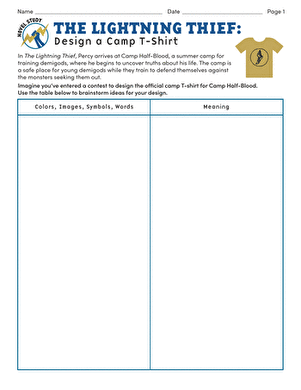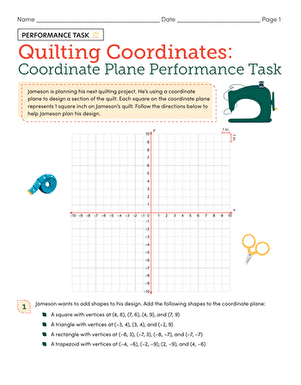Activity
Design Challenge: Design a Roller Coaster
In this challenge, students are tasked with creating a model roller coaster that a marble can travel through. Along the way, students will learn about energy transformations as they exercise their engineering design skills. To learn more about the physics behind roller coaster designs before or after completing this design challenge, check out Informational Reading: Physics at Play: Roller Coasters.
This activity is aligned to the following middle school Next Generation Science Standards (NGSS): MS-PS3-2, MS-PS3-5, MS-ETS1-1, MS-ETS1-2, MS-ETS1-3, MS-ETS1-4.
Image attribution: “Paper Roller Coasters” by HACKRVA Makerspace / CC BY-SA 2.0
What You Need
- Science textbook or computer to research gravitational potential energy and kinetic energy
- Paper and pencil to write design plans
- Household items for building the roller coaster track (paper towel or toilet paper rolls, construction paper, cardboard, etc.)
- Tools for constructing the roller coaster track (scissors, tape, etc.)
- Large piece of cardboard to use as a platform for the roller coaster
- Tape measure, meter stick, or ruler
- Marble
What You Do:
- What are gravitational potential energy and kinetic energy? How are these forms of energy involved in a roller coaster? Use the internet or a science textbook to find out.
- Your task is to design a model roller coaster for a marble to travel through. There are constraints to your design:
- You may only use typical everyday household items for your roller coaster design, such as paper towel/toilet paper rolls, construction paper, and cardboard.
- The marble will be released from the top of your roller coaster’s first hill. The marble must make it through the entire track without aid from an external force, other than gravity.
- Your design should include a loop or a second hill.
- How might your roller coaster be structured? Create several different design plans for your roller coaster using drawings, diagrams, and/or detailed descriptions. Use a tape measure, meter stick, or ruler to estimate measurements for the various parts of your design. Your design plan should be so thorough that if you sent it to a friend, they could create your roller coaster perfectly without having to ask questions.
- Choose one of your design plans and construct your roller coaster. Build your roller coaster on a piece of cardboard. Feel free to tape your design to the cardboard and to construct supports as needed.
- Time to put your roller coaster to the test! Release your marble from the top of the first hill and observe it as it moves along the track.
- Analyze your results: Did the marble make it through the entire track?
- If your first prototype was successful, congratulations! Can you make the roller coaster even more exciting? Can you add one more hill, or one more loop?
- If your first prototype was not successful, think about what went wrong. Where did the marble get stuck or fly off? What changes could you make to help the marble make it through the track? Think about the forms of energy involved.
- Modify your roller coaster using a different design plan, and then repeat the experiment. How did the new prototype perform?
If you’re struggling to build a track, here are some instructions for building different track segments using construction paper:
- To build a straight piece:
- Cut a strip of paper that is 3 inches wide and as long as you’d like.
- Use a ruler and pencil to draw two lines that divide the strip into three one-inch-wide sections.
- Fold the two outer sections upward to make 90 degree angles along the two lines you drew.
- To build a hill or loop piece:
- Follow the same instructions as above.
- Make marks about every inch along the two outer sections.
- Cut along these marks to make one-inch square tabs along both sides of the strip.
- Now, you can bend the strip to make hills or loops.
- Add tape as needed to help the hill or loop stay together.
Related learning resources













